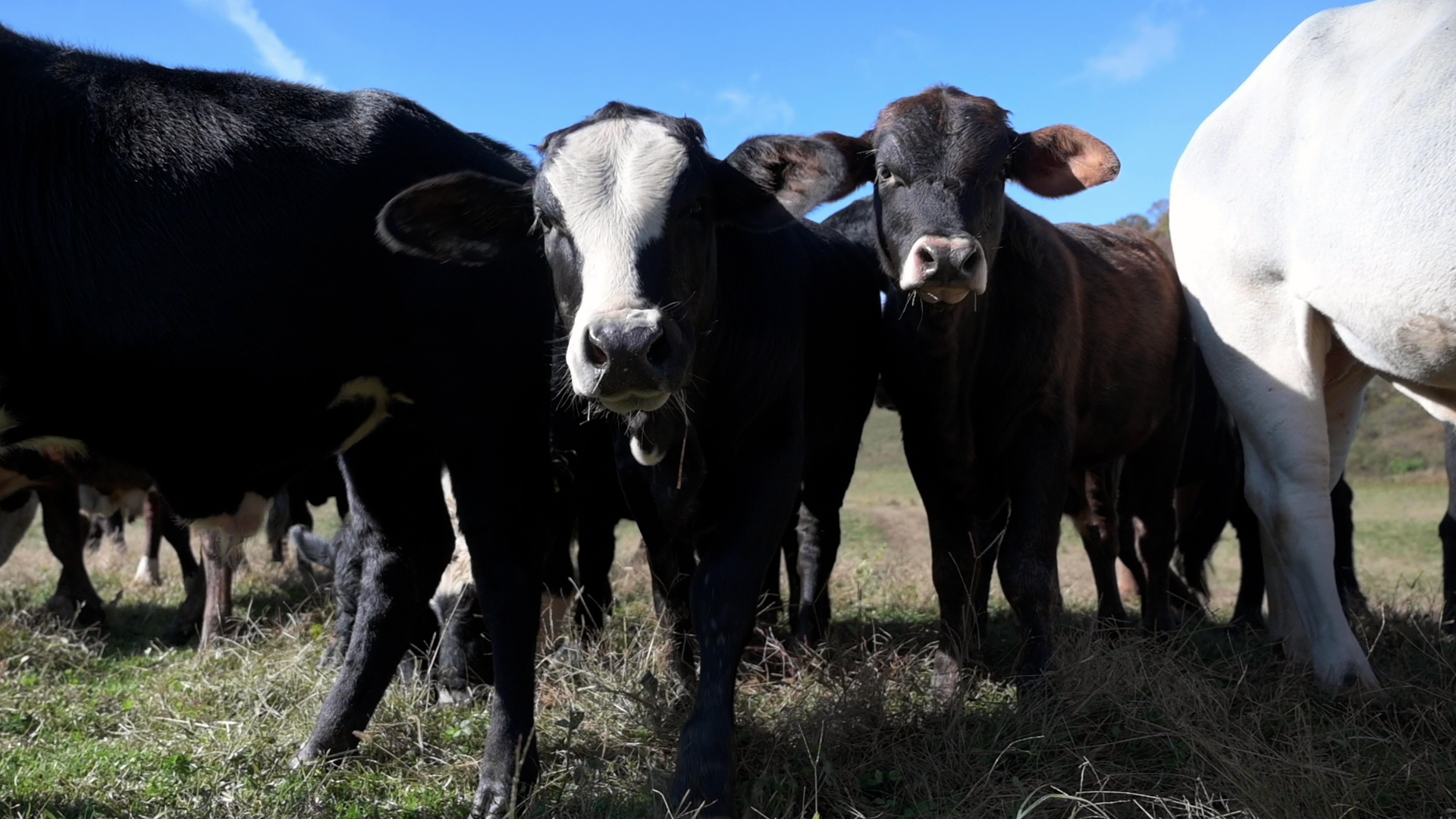Ed Rayburn, forage and agronomy specialist, and Kevin Shaffer, livestock specialist, from West Virginia University Extension Agriculture and Natural Resources provide general guidance for managing your forage and livestock after a flood.
Quotes:
“Remove livestock from flood-damaged pastures and provide the livestock with access to clean water and forage. Then, cut the standing forage (pasture and hay) affected by the flood to a two-to-four-inch stubble height to allow it to decompose.”
“Damaged hay should be unrolled to allow it to decompose. However, be careful not to breathe the dust from flood-damaged hay. Do not unroll hay in areas where livestock currently are, or will be, before the hay fully decomposes.”
“Do not feed dry hay that has been soaked by floodwater. Inline wrapped bales that were not sealed on both ends could be contaminated and should not be fed. However, some individual, plastic-wrapped bales may be useable. Closely inspect bales for punctures or separation of the plastic layers.” – Ed Rayburn, forage and agronomy specialist, WVU Extension Agriculture and Natural Resources
“Closely inspect all livestock that were exposed to flooded areas for injuries. Livestock can consume flood debris, which can cause hardware disease, so remove flood debris from livestock fields as soon as possible.”
“Because soil and sediment are moved along with debris, livestock will have been exposed to numerous soilborne pathogens. Livestock that were exposed to flooded areas during or immediately after the event should be vaccinated for clostridial diseases, including tetanus.” – Kevin Shaffer, livestock specialist, WVU Extension Agriculture and Natural Resources
Read more about forage and livestock management after a flood.


